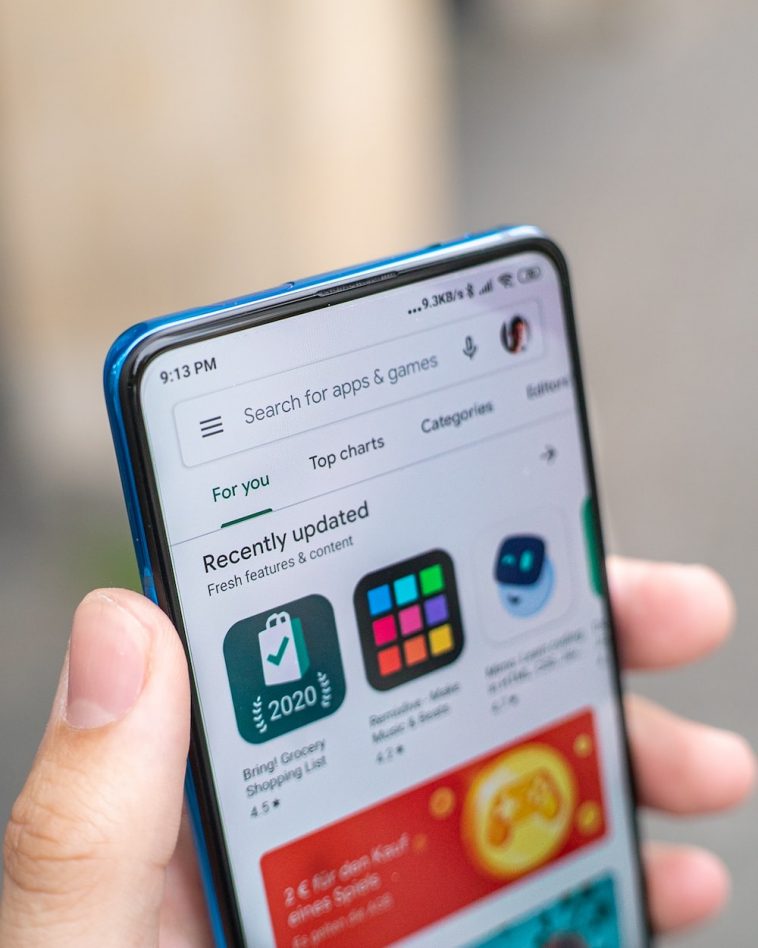Google AdSense can be one of the most reliable ways to earn money from a website or blog, but it comes with rules that you can’t ignore.
Getting banned isn’t just a small setback—it can completely cut off your income stream, and in many cases, the decision is final.
Google rarely reinstates accounts, which is why staying on the safe side matters more than ever.
I’ve seen countless stories of creators who poured months or years into building traffic, only to lose everything overnight because of a single mistake.
The good news is that most bans are avoidable. If you know what not to do, you’ll protect your account and keep your earnings steady.
Let’s go through the common pitfalls to avoid and how you can keep your AdSense account safe.
1. Never Click Your Ads
This is rule number one, and it might sound obvious, but many people slip up here. Clicking on your own ads—even “just to test them”—is a quick way to trigger invalid activity alerts.
Google’s system is extremely advanced, and it can easily detect unusual patterns, like clicks from your IP address.
If you want to see how ads look on your site, use the Google Publisher Toolbar or simply preview your site in incognito mode.
But never click ads to increase revenue. Even asking friends or family to “support you” by clicking ads falls into the same trap—it’s considered click fraud.
2. Don’t Encourage Visitors to Click Ads
Some people try to get around the rules by adding little notes like:
“Support us by clicking the ads.”
“Check out these amazing offers below!”
“Click an ad to help us keep running.”
That’s not allowed. AdSense requires that ad clicks come from genuine interest, not from nudging or prompting. If you want more revenue, focus on creating quality content and improving traffic, not pushing clicks.
3. Avoid Invalid Traffic Sources
Buying traffic can be tempting, especially when you’re trying to grow quickly. The problem is that many paid traffic services send bots or low-quality visitors. Google spots this almost immediately and may ban you for “invalid traffic.”
Safe traffic comes from organic search, social media, newsletters, and legitimate ad campaigns through Google Ads or other trusted networks. If you can’t verify that the traffic source is clean and compliant, it’s not worth the risk.
4. Stay Away From Prohibited Content
AdSense doesn’t allow ads on certain types of content. This includes:
Adult material
Copyrighted or pirated content
Drugs, alcohol, or tobacco promotion
Gambling
Shocking or violent material
Even if you’re not directly promoting these things, having them on your site can trigger a ban. Always review your content and make sure it lines up with AdSense’s policies.
5. Don’t Use Too Many Ads
It used to be common for site owners to plaster ads all over their pages to maximize clicks. Today, that’s a recipe for disaster. Google now prioritizes user experience, and too many ads can harm that.
If a visitor lands on your page and struggles to find your actual content because ads dominate the screen, you’re likely to run into trouble. A good rule of thumb: ads should complement your content, not overwhelm it.
6. Don’t Modify AdSense Code
Some people try to tweak AdSense code to make ads blend in unnaturally or to disguise them as content.
This is against policy. Google provides code that must be used exactly as it is. Any changes—unless they’re officially supported by AdSense—can get your account suspended.
7. Watch Out for Copyright Issues
Even if you don’t run a “piracy” site, using copyrighted images, videos, or music without permission can put your account at risk.
Google cares a lot about intellectual property. If someone reports your site for using copyrighted material, it could affect your AdSense standing.
The safest approach: only use original content or properly licensed media (from free stock sites or paid subscriptions).
8. Don’t Ignore Policy Updates
AdSense policies aren’t static—they evolve. Google often updates its rules to address new trends, scams, or ad practices. If you ignore updates, you could break a rule without even realizing it.
Make a habit of checking Google’s official policy page every so often. A quick read could save you from an accidental violation.
9. Avoid Misleading Site Design
Some sites try to trick users into clicking ads by designing layouts that blur the line between ads and navigation buttons. For example:
Placing ads right next to “Download” buttons.
Making ads look like menu links.
Hiding ads within content so users click by accident.
This kind of design is risky. Google wants users to have a clear distinction between ads and site features. If your site feels deceptive, it could cost you your account.
10. Don’t Rely Solely on AdSense
This isn’t a direct policy violation, but it’s a smart tip. Even if you play by the rules, accidents can happen.
Sometimes Google bans accounts by mistake, or you get caught in a gray area. If AdSense is your only source of income, that’s a huge vulnerability.
Consider diversifying your revenue with affiliate marketing, sponsored posts, or selling digital products. That way, even if something goes wrong, you won’t lose everything.
FAQs
Can I use other ad networks with AdSense?
Yes, as long as they don’t violate Google’s policies. For example, you can run AdSense alongside Mediavine or Ezoic, but you must ensure ads don’t overlap or interfere with each other.
What happens if I get banned from AdSense?
In most cases, bans are permanent. You can appeal, but success rates are very low unless the ban was truly an error. That’s why prevention is the best strategy.
How does Google detect invalid clicks or traffic?
Google uses sophisticated algorithms that analyze user behavior, IP addresses, click timing, and traffic sources. Even if you think you’re being subtle, Google’s systems are usually ahead of the game.
Is it okay to use pop-ups or auto-redirects with AdSense?
No. Anything that forces users to interact with ads—like pop-ups, redirects, or auto-refreshing pages—can lead to a suspension.
Can I place AdSense on new websites with little content?
It’s better to wait until you have enough original, high-quality content before applying or running ads. Thin or low-value content often gets flagged and may cause issues.
Final Thoughts
AdSense is one of the most powerful tools for website monetization, but it comes with responsibilities. If you respect the rules and focus on providing real value to your audience, you’ll rarely run into problems.
I always remind myself that AdSense isn’t just about ads—it’s about building trust. If readers enjoy your site, Google will trust it too.
Now here’s a question worth thinking about: if your AdSense account was banned tomorrow, how would you keep your website financially alive?





GIPHY App Key not set. Please check settings